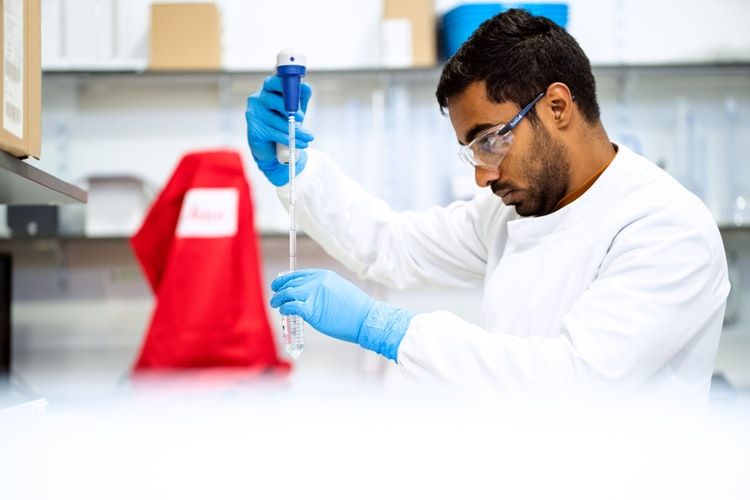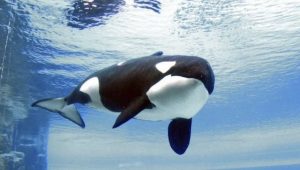A team of palaeontologists have discovered what they claim is the world’s oldest animal sperm, the sperm was discovered frozen in tree resin inside a tiny crustacean in Myanmar, and it is 100 million years old, reported AFP.
The oldest recorded example of fossilised animal sperm is 17 million years old, according to the team of experts led by Wang He of the Chinese Academy of Science in Nanjing.
According to the paper published on Wednesday in the Royal Society’s proceedings journal, the sperms were found inside an ostracod- a type of crustacean that has existed for nearly 500 million years. The sperm was found in the body of a female specimen indicating that she was fertilised shortly before being trapped in ambers, reported AFP citing experts.
The individual sperms were described as giants and measure up to 4.6 times the size of the body of the male ostracod.
Renate Matzke-Karasz of the Ludwig Maximillian University of Munich, the co-author of the study said: “This is equivalent to about 7.30 metres (24 feet) in a 1.70-metre human, so it requires a lot of energy to produce them.”
The ostracod was also a new species which the scientists named “Myanmarcypris hui.” Experts stated that while finding fossilised shells of ostracods are common, finding a specimen with “soft parts” was rare.
During the cretaceous period around 145 to 66 million years ago, the ostracods lived in the coastal waters of the present-day Myanmar where they were trapped in a blob of tree raisin.
The tiny creatures are less than a millimetre long but the scientists made 3-D reconstructions of them, Wang described the discovery as “one of those special Eureka moments in a researcher’s life.”
The reconstructions have enabled viewers to see distinctive muscular sperm pumps and penises that the male ostracods used to inseminate the female.
“This specimen allowed us to confirm our hypothesis that such giant sperm cells existed 100 million years ago,” Matzke-Karasz said.
Until now the theory of large sperm cells in crustaceans was based on a 2009 discovery which revealed large genitals in crustaceans.





